WDCD MEXICO founding partner
NO WASTE CHALLENGE PRESENTED BY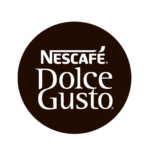

Are you applying to the No Waste Challenge in Mexico City?
In this brief summary, we dive deeper into local perspectives around waste, and highlight the specific challenges and opportunities facing this region.
Keep reading to learn more about submitting a project to the Mexico City track.
BEFORE YOU APPLY WE RECOMMEND YOU FIRST READ:
Ciudad de México Nominadxs
Ciudad de México Resumen
CURRENT SITUATION
A METROPOLIS IN CRISIS
Every day, 13 thousand tonnes of garbage is dumped in Mexico City. This means that every citizen produces one kilo of solid waste every day, mainly organic waste and plastic. Before the COVID-19 pandemic, most of this garbage was produced by households and restaurants. But all citizens together are expected to generate 3 thousand tonnes more garbage than usual during their quarantine at home. This means that one of the biggest problems facing the country is that of the excessive generation of waste.

Mexico City, an enormous sprawling city, has struggled with waste for many years. It now ranks as the second biggest producer of waste among the world’s megacities (behind New York City), with waste management systems that cannot keep up with the problem. For most households in the capital, the biggest culprit is kitchen waste, including vegetable, fruit, tortilla and bread waste. In second place we find plastics, often in the form of single -use products, like plastic bottles and disposable plastic bags and packaging. The use of these products have increased during the pandemic as sanitation and convenience is prioritized. Lastly, even though e -waste only represents less than 1% of the total amount of waste produced in Mexico, this number is expanding rapidly.
Studies show that 53.1 million tonnes of waste is produced in all of Mexico annually. With 14.9 million tonnes that could be reused, the lack of infrastructure and regulations in the country have made it difficult to implement new initiatives. Current programmes mostly focus on the country’s city centres, which have better recycling infrastructure, while some outskirt areas still do not have a proper waste management system
INSIGHT ON WASTE IN MEXICO CITY
LOCAL INSIGHT
INFORMAL LABOUR
Despite the fact that the government is in charge of local waste management systems, most of the cleaning workers in Mexico City are volunteers, who are not afforded any work benefits. In Mexico City, some 10,000 waste-pickers, known as pepenadores, make a living from picking through the waste in the city. The city’s recycling plants also depend on informal labour to succeed, since this workforce is responsible for more than 60% of all material recovery.
It’s also worth noting that the COVID-19 pandemic increases the risk for people working in the informal waste sector, as household garbage is a likely source of infection.

WHAT CAN DESIGN DO FOR MEXICO CITY?
So where can designers make a difference? With the help of our partners, we’ve highlighted some key opportunities and case studies relevant for Mexico City, but there are plenty more! Refer to the global briefs for further inspiration.

HELICOPTER VIEW
OPPORTUNITIES FOR DESIGN
In recent years, Mexico City has made renewed efforts to tackle its waste problem. But behaviours and mindsets still have a long way to go. And there is lots that design can do here. Take Mexico City’s needs into account by considering the following strategies:
1. AWARENESS & BEHAVIOURAL CHANGE
There is a lack of reliable information on how to handle and separate waste. As a result, citizens and companies hardly separate their waste, reducing the possibilities to turn waste into a resource. This applies to all waste streams: organic / food waste, which can’t be composted, e-waste from which valuable materials cannot be extracted and plastics that cannot be recycled. How can we design educational programmes and campaigns to make communities aware of the impact of their waste? Can we imagine new ways to incentivise sorting and recycling efforts?
2. COMMUNITY-BASED INNOVATION
Waste management in Mexico City largely depends on the informal sector. There’s much to learn from the practices of informal waste pickers. How can we support this workforce by improving infrastructure and working conditions? Can we design facilities, services and programmes to enhance the separation and processing of different waste streams?
3. DESIGN TO RECYCLE
Most products are not designed with recycling in mind, which makes it hard or even impossible to extract materials that can be used to manufacture new products. This applies to electronic devices, plastics, textiles, furniture and many other consumer goods. At the same time, recycled materials are seen as inferior to new materials. Therefore the challenge is twofold. How can we design products so that they are easily disassembled and recycled? And: how can we encourage companies to consider recycled materials as a valuable resource?
4. DESIGN TO REPAIR
What applies to recycling also applies to reparation: modern products, and especially electronic devices are not made to be repaired. They are either too complex or too closed, which makes them hard to disassemble and replace parts. How can we design products that are simpler and easier to repair? Consider programmes that entice consumers and small businesses to take pride in repairing and maintaining products.
5. DESIGN TO LAST
Most marketing strategies are focused on encouraging consumerism in a global economy, thereby increasing material extraction for products that will be quickly disposed of. Mexican consumers are very susceptible to these strategies. The government’s environmental and sustainability regulations are more a set of recommendations than mandatory measures, letting the market continue with business as usual. How can we change the mindset of Mexican consumers to favour more durable products? And how can we empower consumers to demand more sustainable products and regulations?
CASE STUDY
ECOLANA
Ecolana is a digital platform and consulting firm that connects consumers, brands, and informal collection and recycling centers to help reduce waste. They are the ultimate app and a digital guide for recycling in México City. Ecolana was one of the winning projects of the WDCD Clean Energy Challenge 2018-2019.
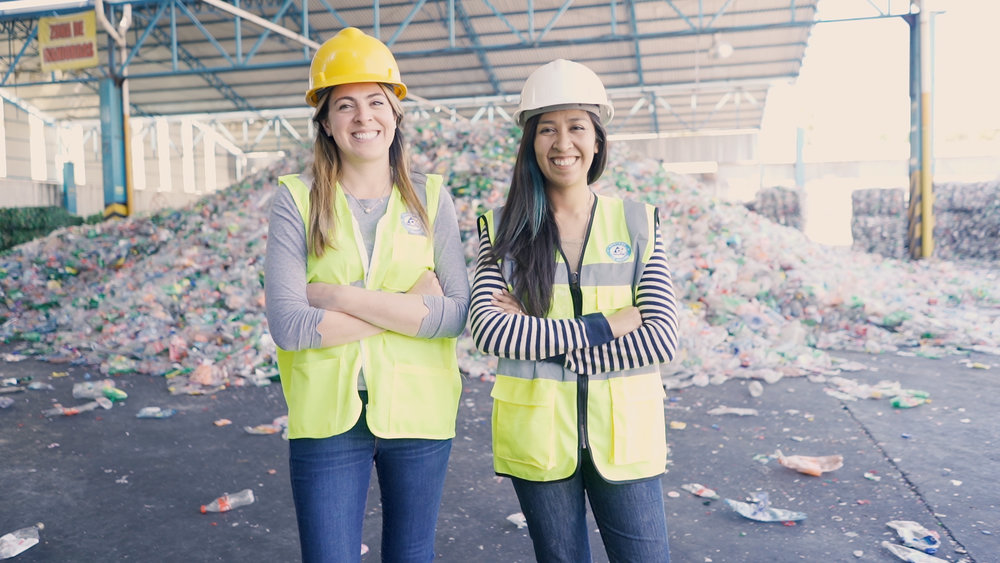
CHALLENGES IN MEXICO CITY
THREE PILLARS OF THE THROW-AWAY SOCIETY
Before the pandemic, Mexico City generated more than 13 thousand tonnes of waste every day. This is partly due to the material culture of Mexicans, which drives overconsumption. The problem is intensified by a crippling lack of infrastructure — the city simply cannot manage the amounts of waste that is being produced. Based on conversations with experts and challenge partners, we have chosen to focus on the three main types of waste produced in the city: organic waste, plastic waste, and electronic waste. Of course, creatives already working on solutions that tackle other waste streams such as textiles, building materials and consumer goods are very welcome to submit proposals.

- Organic waste: Mexico (over) produces large amounts of food, and as much as 34% of it is thrown away. There is also a lack of waste separation knowledge and culture in Mexico, which means that organic waste in urban areas is usually mixed in with other residues.
- Plastic waste: 123 million of tonnes of plastic waste is produced every day in Mexico City, and only 6.07% of it is being recycled. Meanwhile, 48% of the plastic made is intended for single-use plastic products.
- Electronic waste: Mexico generates roughly 1,032 million metric tonnes of electronic waste annually, ranking among the largest e-waste generators in Latin America. Mexico City alone generates around 312 tonnes per day, making it the fastest growing type of waste in the city.
ORGANIC WASTE
LOCAL INSIGHT
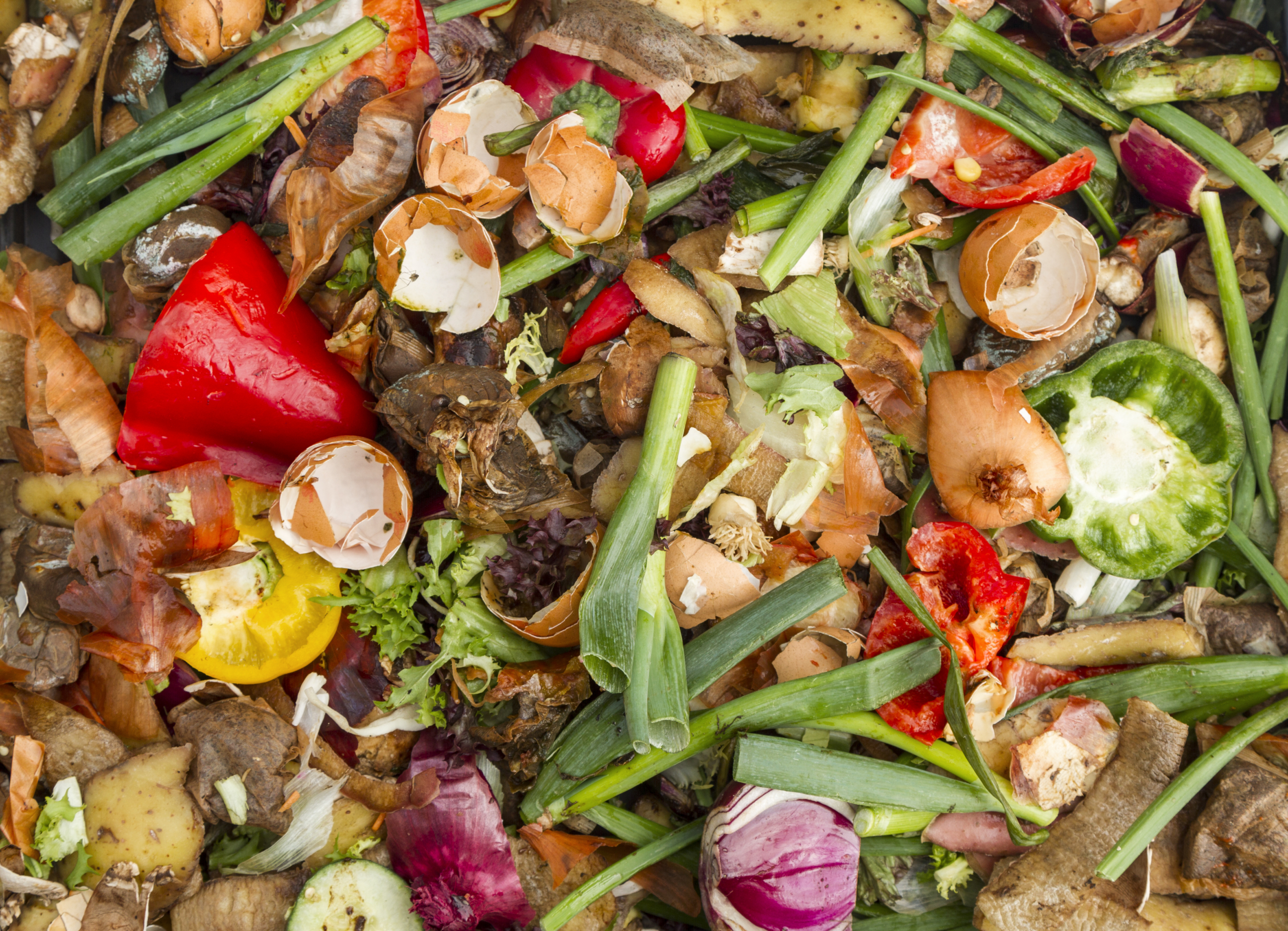
ORGANIC WASTE
According to official data, urban solid waste in Mexico City is composed of mostly organic matter from the kitchen and the garden. Most of it is disposed of along with other waste in landfills or incinerators. Meanwhile, more than one-third of all the food produced in Mexico is wasted as a result of overproduction and inefficient distribution. To make matters worse, there is a lot of misinformation on how to handle and separate organic waste, which means very little of it is treated and composted. As a result, a lot of poorly sorted waste, underutilised waste, and most detrimentally, excessive waste remains.
OPPORTUNITIES FOR DESIGN
SHORTEN THE CHAIN FROM FARM TO FORK
Mexico produces large amounts of food and 34% of it is wasted, which is the result of overproduction and inefficient distribution. How can we design products, services and programmes that lead to less food waste? Take into account every step of the chain from harvesting and production to the distribution, consumption and disposal of food. Consider ways to shorten the chain by bringing locally produced food closer to consumers. Consider programs to change public perception of what is edible (in terms of aesthetics or expiration date, for instance).
BIOMATERIALS
Biomaterials made of organic waste can be a good alternative for single use products and packaging. Yet, there’s a lack of infrastructure to digest and process food and garden residues. Also there’s little recognition for the potential of biomaterials. How can design help accelerate the development of biomaterials to a commercially viable practice? Consider small-scale, community-run bio waste digestion systems, and types of biomaterials that can inspire consumers and entrepreneurs to become active in the collection and processing of organic waste.
GET INSPIRED
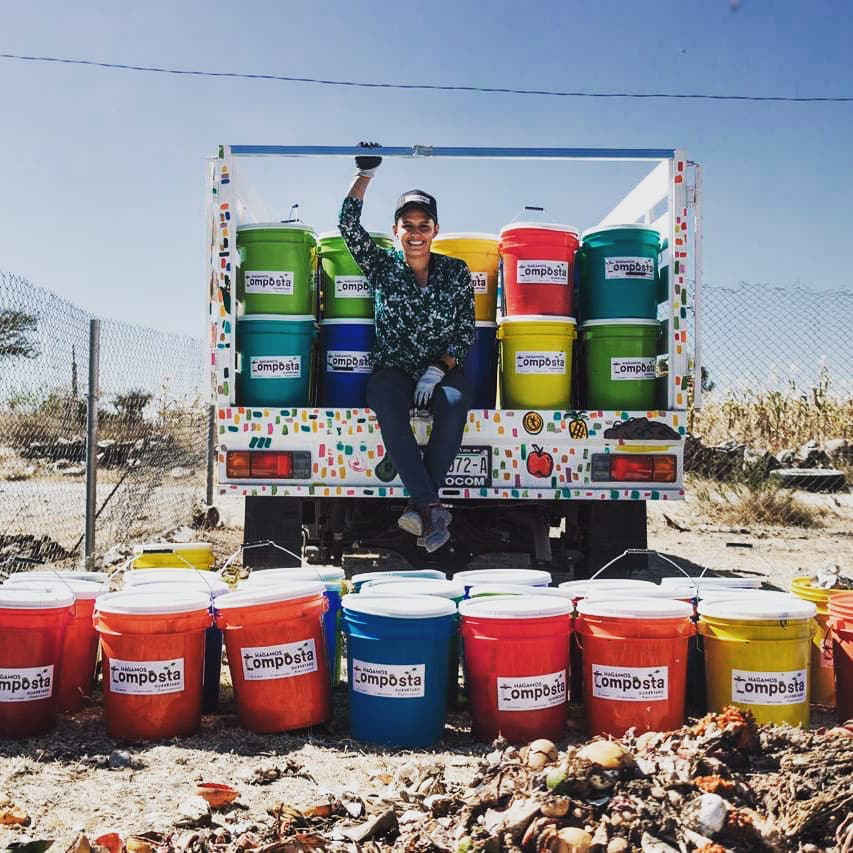
HAGAMOS COMPOSTA
Aiming to improve the organic waste situation in Mexico, Hagamos Composta focuses on collecting it for composting. People pay a subscription and they deliver buckets for houses or businesses to fill. Afterwards, the team will pick up the buckets and take them to a special terrain outside the city for its treatment and composting.
After 15 buckets of waste have been delivered, clients will receive a bucket of compost. The platform also shares advice and information on how to treat this kind of waste and even make compost at home.
PLASTIC WASTE
LOCAL INSIGHT
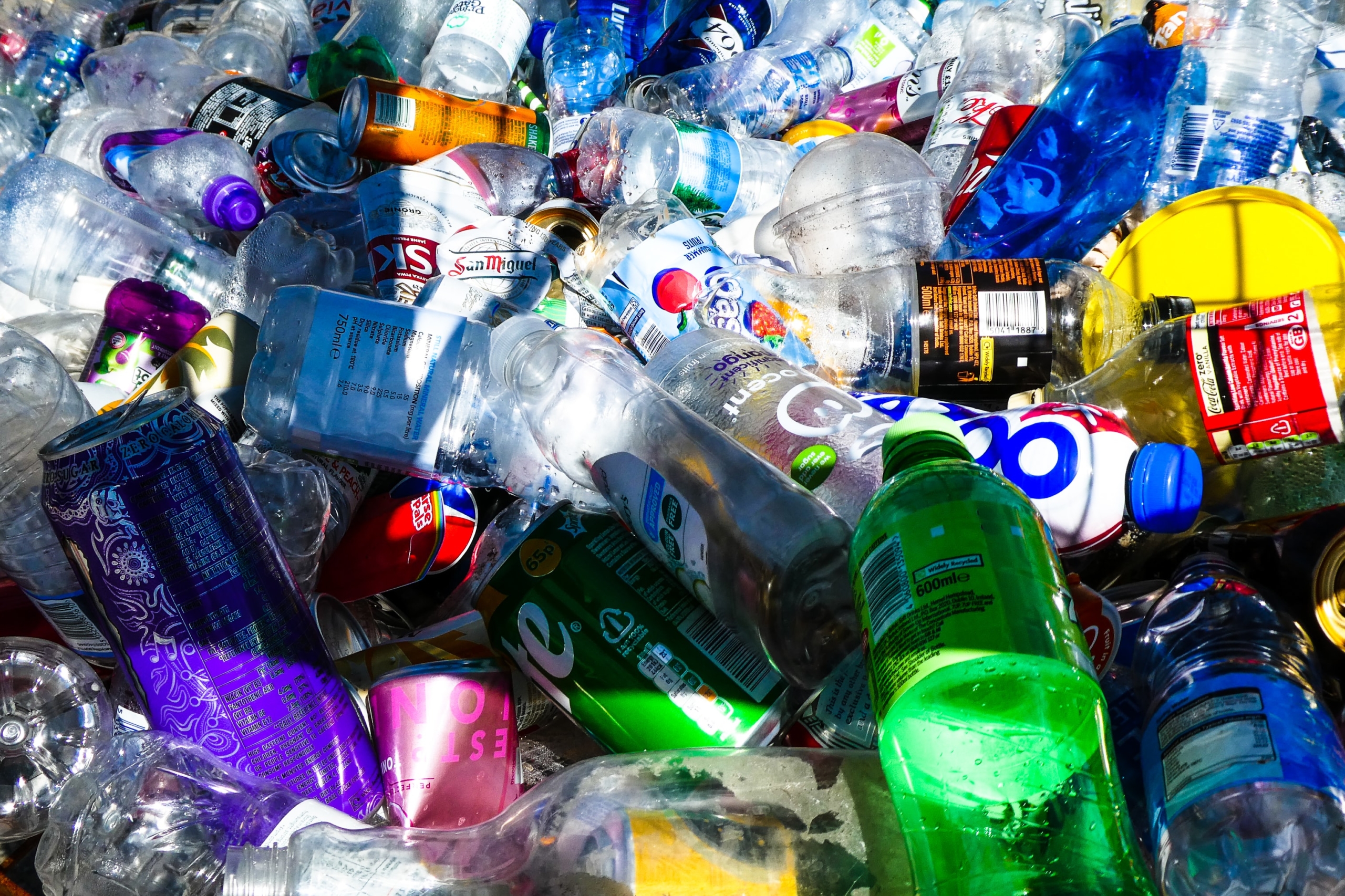
PLASTIC WASTE
A whopping 123 tonnes of plastic waste is produced every day in Mexico City, and only 6% of it is recycled. To try and curb the use of single-use plastics, the Mexico City government has started to implement regulations on plastic bags and disposable products, and to promote biodegradable plastics. Unfortunately, these efforts are met with many challenges. There is a lack of long-term vision in governance, which means there is not enough time to develop infrastructure to recycle all the waste being produced. Most local governments are under considerable financial and political restraint, and struggle to create new programmes to tackle the plastic waste issue.
OPPORTUNITIES FOR DESIGN
TAKE ON SINGLE-USE PLASTICS
Half of all the plastic produced worldwide is only used once. Starting in 2021, Mexico City’s government has prohibited the use of single-use plastic products including plastic bags, forks, straws and cups. But without the imposing fines, a complete end to single-use plastics seems unlikely. To be effective, the measure requires the support of citizens to transform consumption habits and strive towards more sustainable lifestyles. How can we design programmes and campaigns to change mindsets towards disposable products? And what sustainable, biodegradable alternatives for single-use plastics can we design?
TAKE ON PLASTIC PACKAGING
Plastic packaging as a category, may be part of single-use plastic, but is harder to ban as it’s interwoven with nearly everything we buy. How can we reduce the use of plastic packaging? Consider programmes and campaigns to make consumers more aware of the impact of plastic packaging; and addressing brands to take responsibility for their packaging that ends up in our streets, rivers and oceans. Last but not least: how can we design more sustainable packaging systems to replace the current polluting ones?
MOVEMENT TO COLLECT & RECYCLE
A whopping 91 percent of plastics isn’t recycled at all. Instead it ends up in landfills or in the environment. How can we design programmes, services and facilities to encourage communities to collect, separate and process plastic waste? Plus: how can we promote the use of recycled plastic in new products and by doing so reduce the fabrication of virgin plastics?
GET INSPIRED
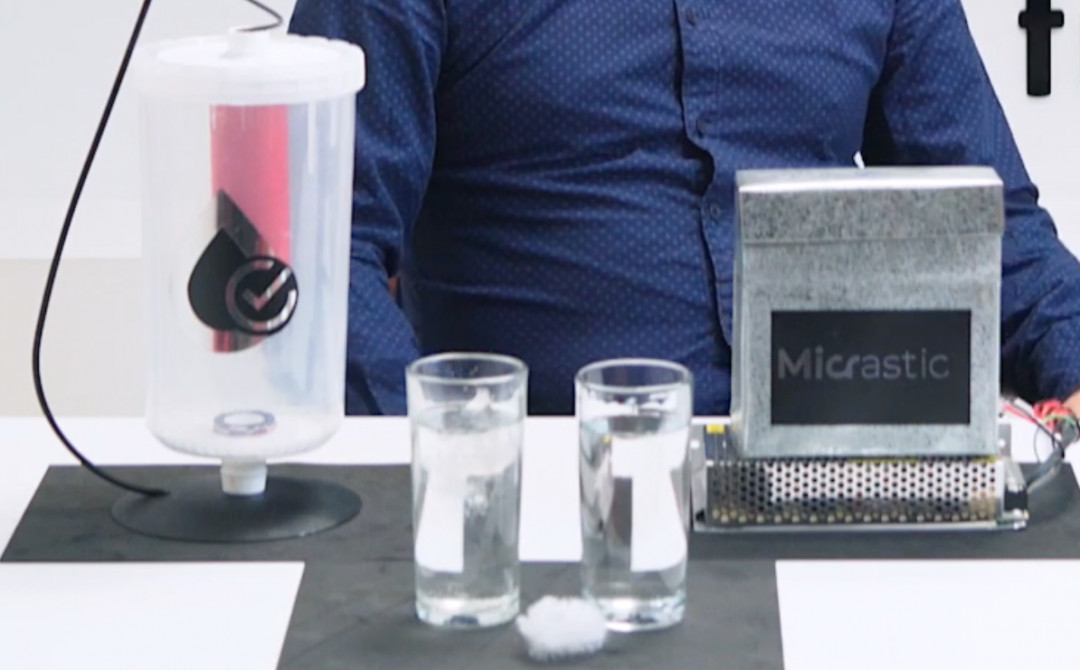
MICRASTIC
Did you know that 85% of the drinking water in the world is contaminated with microplastics? The main source of contamination is the washing of synthetic clothes: 5 to 10 microns of plastic fibers (average 6 grams of microplastics) are released in every washing cycle. In fact, 80% of the plastic that enters the oceans and rivers comes from this source of pollution.
Created by a Mexican start-up, Micrastic is a device that filters microplastics in water as you wash your clothes. The device is divided into two components: The first is a filter that is installed in the drain of the washing machine to catch microplastics. Later it removes the pollution by passing it to a second stage. This second component is a device that accelerates the degradation of microplastics.
Electronic waste
Local insight
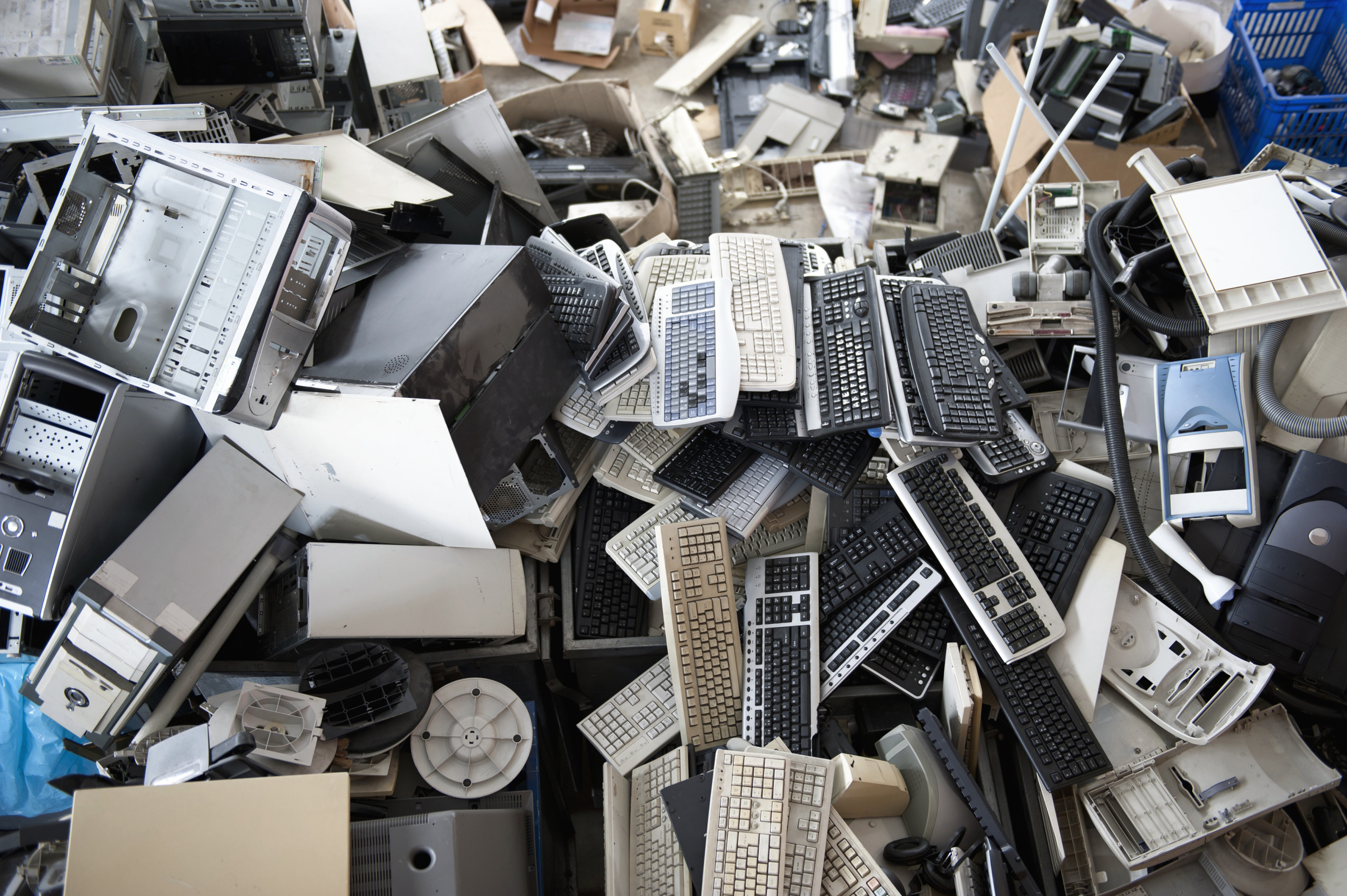
Electronic Waste
Mexico generates roughly 1.1 to 1.2 million tonnes of electronic waste annually, ranking among the largest e-waste generators in Latin America. Eight out of every nine electrical or electronic devices in Mexico is thrown away and ends up in landfills, ravines or clandestine dumps, while merely 10% is recycled.
Mexico City alone generates around 312 tonnes of e-waste per day, making it the fastest growing type of waste in the city. Recently, the recycling and sorting of e-waste has become the primary source of income for a growing number of Mexicans. In most cases, this is done informally, with little or no security measures. This practice exposes workers and peri-urban neighbourhoods to unsanitary conditions and leads to considerable environmental pollution.
OPPORTUNITIES FOR DESIGN
KEEPING ELECTRONICS IN USE LONGER
Electronic equipment is turning periods of obsolescence increasingly shorter, complemented by a cost of acquisition with a downward trend. As a result eight out of nine electrical or electronic devices in Mexico are thrown away. How can we keep these devices in use longer? How might we design electronic devices in way that makes them easy to repair? And at the same time develop a culture of repair and maintenance. Also consider designing alternative services to owning like sharing, leasing and renting;
GETTING THE BEST FROM E-WASTE
Although many valuable materials can be extracted from e-waste, only 14 percent of discarded electronic devices is being recycled. The rest ends on landfills, illegal dumping sites or is incinerated. The informal sector active in sorting and recycling of e-waste is growing rapidly in Mexico City, yet largely working in unsafe and unhealthy conditions. How might we design programs, services and facilities that improve working conditions and efficiency, so that more valuable materials and parts can be returned in the production chain.
Get inspired
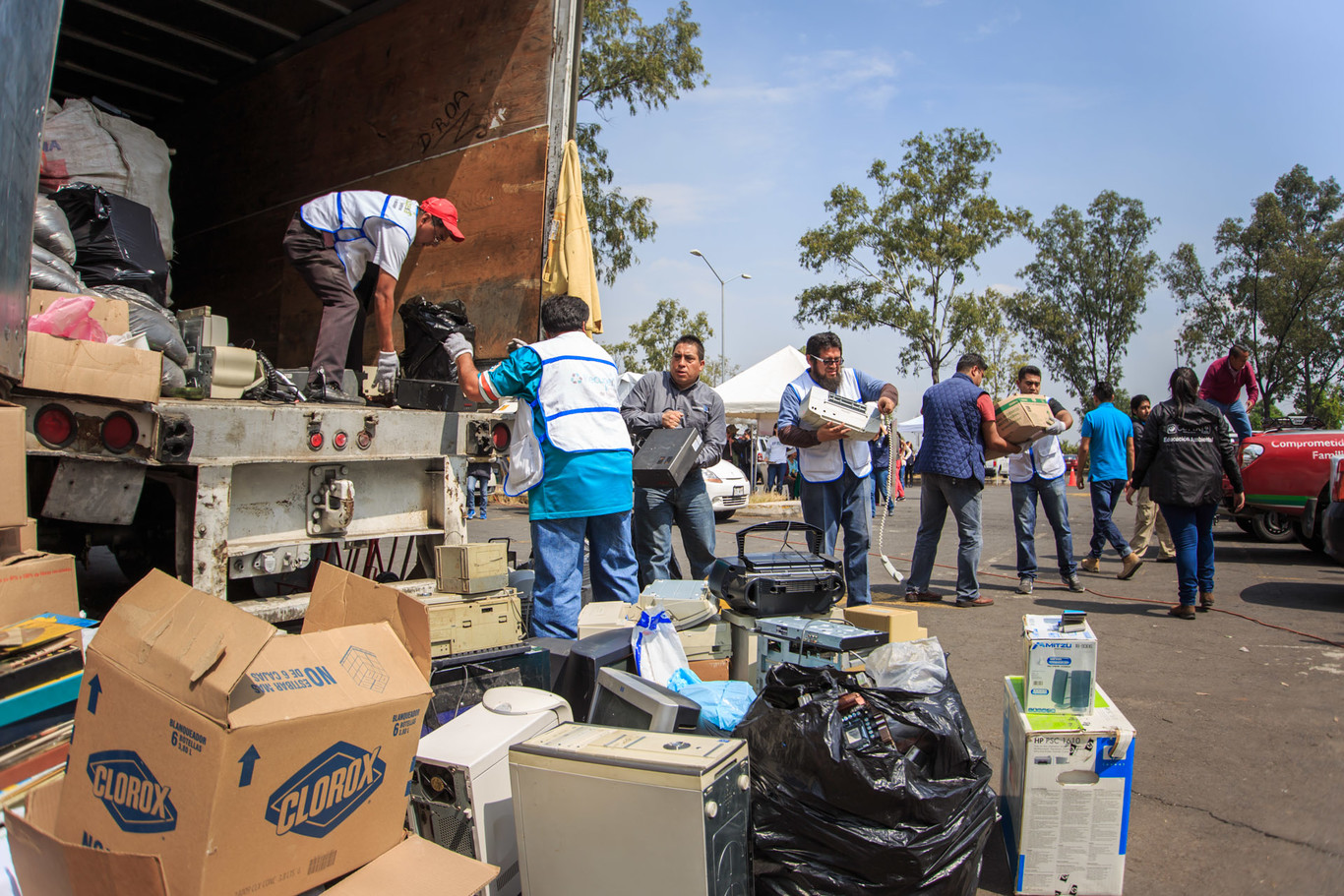
RECICLATRÓN
Reciclatrón is an activity carried out every year by SEDEMA, which invites citizens to share information and alternatives around how to dispose, treat and recycle electronic waste. Reciclatrón also offers a service to recover electronic cards, cathode ray tubes, data processing units, monitors, computer equipment, various plastics, electrical appliances, ferrous and non-ferrous metals.
REFERENCES AND FURTHER RESEARCH
To learn more, here are the main sources used for creating this briefing
-
Solid Waste Management in Mexico
-
Diagnóstico Básico para la Gestión Integral de los Residuos 2020.
-
Sustainability Assessment of Waste Management System for Mexico City (Mexico)—Based on Analytic Hierarchy Process
-
Programa de Gestión Integral de Residuos Sólidos
-
18 – Environmental pollution of E-waste: generation, collection, legislation, and recycling practices in Mexico,
-
Flows, system boundaries and the politics of urban metabolism: Waste Management in Mexico City and Santiago Chile
-
Sustainability Assessment for Waste Management System of Mexico City (Mexico) – Based on Analytic Hierarchy Process.
-
-
Solid Waste Management in Mexico City
-
Solid Waste Production
-
La Ciudad de México genera al día 1.37 kilos de basura al día.
-
Residuos electrónicos en México y su potencial consumo sustentable.
-
Basura tecnológica en México: ¿Cuánta se produce? ¿Qué puedes hacer?
-
¿Cuánta comida se desperdicia en México al año?
-
México, tercer productor de basura electrónica en América.
-
La crisis de la contaminación plástica.
-
-
Recycling
-
Production
-
Consumerism
-
Informal Systems
Mexico City Selection Committee co-chairs

Ceci Palacios is the Co-Founder and Director of Coolhuntermx.com. She is a Textile Designer, with a master’s degree in Fashion Marketing and Communication, specializing in coolhunting. Ceci has a postgraduate degree in Diseño del Mañana and she is the Co-Founder and Director of Coolhuntermx.com, digital platform focused on the amplification and dissemination of creative practices in Mexico since 2009.

Diego Alatorre Guzmán is a designer, professor and researcher at Centre for Research on Industrial Design Research Center of the UNAM. His work explores the link between education and design through play. He has published a book and several articles in specialized and popular magazines. His work includes the development of courses, games, workshops and conferences both in Mexico and abroad. His latest project, the FUTURŒSCOPIO, was published by the Centro de Cultura Digital and exhibited at the second UNAM Design Biennial, the Abierto Mexicano de Diseño and the Premio Diseña México.
Mexico City Selection Committee

Alain Pescador is the Director General of What Design Can Do Mexico. A global citizen from Canada and Mexico, Alain is a public affairs and strategic events specialist with an international network of contacts in government, business and civil society. Currently, Alain directs the Mexico office of What Design Can Do (WDCD), an international organization that uses design and creativity as tools to transform society.

Carlos Pérez Cirera is an expert in public relations and finance, currently Manager of Government Relations for IKEA Mexico and was previously in charge of the sustainability strategy for the company in the country. From 2012 to 2018 he was Commercial Counselor in the Nordic countries for ProMéxico, the state agency for the attraction of foreign direct investment and exports of products and services, as well as the internationalization of Mexican companies to contribute to the economic and social development of the country, and the strengthening of Mexico’s image as a strategic partner for doing business.

Dr. Claudia Garduño García holds a PhD in design from Aalto University (Finland). Currently, she works as a full time professor in the Graduate Program in Industrial Design at UNAM and as research director at DYA Design Your Action, A.C. Her research focuses on the development, implementation and observation of collaborative design methods applied in contexts of high marginalization and/or vulnerability, in order to generate more fair and sustainable communities. She is the founder and coordinator of the project “Action LAB Mexico (ALM)” and also belongs to the founding teams of “SUSLA.app”, “Diseño Activista” and the “Taller Interuniversitario de Diseño (TiUD)”.

Estefanía Arriaga is the Head of the Departmental Unit of Sustainable Solid Waste Management at the Secretariat of Environment of Mexico City. Estefanía is a biologist with a major in Resource Management from the National School of Biological Sciences of the Instituto Politécnico Nacional. She coordinates and elaborates the Solid Waste Inventory of Mexico City, as well as the coordination, monitoring and evaluation of programs, projects and other instruments in the field of solid waste and circular economy, in order to consolidate a sustainable, economically and socially viable vision.

Inti Pérez is the Manager of Creating Shared Value (Social Responsibility and Sustainability) at Nestlé Mexico. Inti has a degree in Nutrition from the Universidad Autónoma Metropolitana – Xochimilco. She has postgraduate studies in marketing, communication, social responsibility and impact evaluation of social programs in Latin America by the Instituto Nacional de Salud Pública, among others. Joined Nestlé Mexico 12 years ago and is currently part of the secretariat of the Mexican Alliance for Biodiversity and Business, as well as a member of working groups on climate change and circular economy of the Global Compact.

Iván Trillo is the Sustainability Marketing Manager, Packaging & Specialty Plastics at Dow Mexico. Iván holds a degree in Industrial and Systems Engineering from Tecnológico de Monterrey (ITESM). He has been with Dow Química Mexicana for 9 years. He began his career in the production area in the implementation of lean manufacturing, process engineer and automation engineer at the Querétaro, Mexico, plant dedicated mainly to the manufacture of Emulsions. Subsequently, he joined the commercial group through various businesses and portfolios including Industrial Solutions, Coatings, Construction, Monomers, as well as Packaging and Specialty Plastics in the Mexican, Caribbean and Central American markets.

Joaquín Saldaña is responsible forLAR Strategy Marketing for Huawei Latam. He holds a degree in Biomedical Engineering from Universidad Iberoamericana and an MBA from IPADE in Mexico, with 30 years of experience in the IT and telecommunications markets in Mexico and Latin America. He joined Huawei in 2018, focusing on Enterprise and Cloud in the region after working in leading IT companies in consulting, systems integration and outsourcing leadership roles. He has also worked for the Mexican Ministry of Communications.

José de la O is the CEO and Founder of de la O Studio. De la O is also a co-founder and active member of Cooperativa Panorámica, runs the design-driven cultural initiative The Chair that Rocks, is the creative director of his design brand delaO.shop, and co-produces the Spanish-language design podcast Fuera de Contexto.
His work has been put on display at the Milan Design Fair, Dutch Design Week, The Future Perfect in New York, the Design Museum in Taipei, the Shanghai Museum of Glass, The Museum für Kunst und Gewerbe Hamburg, the Museum of Decorative Arts, Berlin, and the Museo de Arte Moderno in Mexico City.

Kassim Vera is Head of Design at the Ministry of Culture of the Government of Jalisco (MX) and Design Professor at Tecnológico de Monterrey. He was selected as part of the first Creative Leadership Programme in the UK by the British Council Mexico and the University of the Arts London. He is the founder of Emerge MX, a platform for design criticism in Mexico.

Marcela Izaguirre is the Innovation strategist and Senior Programs Manager at Frog Design. Passionate about Strategic Design and Innovation, she has more than 10 years of experience designing strategies for new products and services for companies in North America, South America and Europe. She holds a Master of Science degree in Strategic Product Design from Delft University of Technology in the Netherlands and a Bachelor of Science degree in Industrial Design from Tecnológico de Monterrey.

Mariana Soto is the Partner and Director of Ecolana. Ecolana is a social enterprise dedicated to connecting consumers, brands, collection centers and recyclers in order to prevent plastic and other polluting materials from reaching the oceans and polluting. Mariana is a Mexican entrepreneur, who built her professional career in the hotel and restaurant industry where she worked with top hoteliers and developers around the world for 7 years. She has a degree in Hotel Management and also an MBA with a thesis on “Sustainable Development of the Hotel Industry in Mexico”.

Mauricio Alvarado is a Communications and Public Affairs Manager – North Region of Latin America. Mauricio holds a degree in Communication Sciences from Universidad La Salle, a diploma in Public Relations and Media, and graduated from the Executive Program on Innovative Transformation at UC Berkeley Executive Education. He has built his professional career in the areas of Corporate Communications, media, public relations, sustainability, crisis management and social responsibility for various consumer and business-to-business companies, such as Colgate-Palmolive and Cargill. In 2018 he was awarded the Fratello Medal by the Universidad La Salle and was recognized as Volunteer of the Year by the Organización No Gubernamental Fondo Unido-United Way México.

Natalia Lever is the Branch Manager for The Climate Reality Project – Mexico and Latin America. Natalia studied International Relations at the Instituto Tecnológico Autónomo de México (ITAM), has a Diploma in Social Innovation from the Global School for Social Leaders in Austria and a Diploma in Environmental Education for Sustainability from the Universidad Iberoamericana. In 2019, she was named as one of the 30 Promises of Mexico by Expansión Magazine.

Paulina Coronel is the Senior Advisor for Climate Change and Water at the Embassy of the Netherlands in Mexico. Paulina holds a Bachelor’s degree in Administration from the Universidad Nacional Autónoma de México and a Master’s degree in Environmental Management from Lancaster University in the United Kingdom. She also has studies from the World Energy Council and the Energy Delta Institute in Holland. She has 9 years of experience in strategic areas of the Mexican government such as infrastructure, logistics and energy.

Ramiro Estrada is the Dean of the School of Architecture, Art and Design for the Tecnológico de Monterrey, Mexico City region. Industrial designer by training, Ramiro has a Master in Design and Development of New Products, a specialty in Consumer Goods Design and studies in the area of design education. He is currently a consultant for companies focused on the fashion industry, luxury design and craftsmanship, where he carries out projects focused on finding new applications of materials, brand treatment, language and product communication. Through the Advanced Design Center, he has worked in liaison with the Industrial Design Department with more than 100 companies to generate research in the area of new product development, trends, experience design, social innovation, etc.

Víctor López Illescas is a program officer on the Natural Resources and Climate Change team, based in FORD foundation’s Mexico and Central America office. He has been working with Guatemalan and Central American indigenous farmers and fishing communities for more than 20 years in various capacities, including as a forester, a forest firefighter, and a cooperative manager. He sits on the Global Witness advisory board as well as the Forests Dialogue steering committee, and he is an adviser and honorary member of the Utz Che’ general assembly.

























